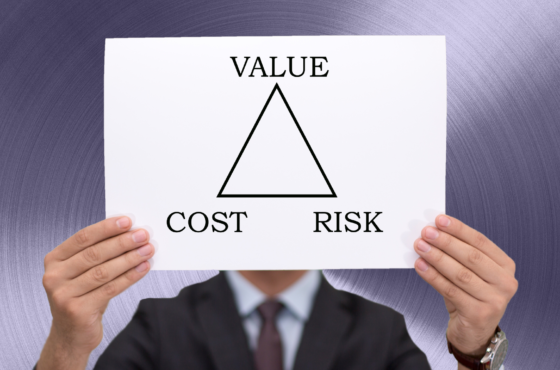How Energy Retailers Can increase Their Value
Leading energy retailers are being proactive by offering compelling solutions to retain customers.
TL;DR
-
Energy retailers face growing competition, a crowded ecosystem, and high customer churn.
-
Retaining customers means providing them with a suite of innovative solutions to help them manage their energy consumption.
-
Retailers can’t do it all by themselves — they need to leverage technology and automation to create dynamic partner networks.
The global economy is decarbonizing. Climate change, carbon pricing, and geopolitical tensions demonstrate the need for businesses to reduce their carbon footprint. This means more investment — and opportunities — in the cleantech sector.
Leading energy retailers are being proactive by offering compelling solutions to retain customers in the resulting saturated market.
If you’re an energy retailer in a competitive market, ask yourself: What am I doing to differentiate myself and retain customers?
Retaining customers in a deregulated market
Booming energy prices and global risk are the latest challenges facing energy retailers. Retailers are also dealing with growing competition from non-retailers and a crowded market.
In short: the same market deregulation that made it possible for retailers to compete with legacy utilities also puts them in the crosshairs of newer competitors.
Even car and tech companies are entering the energy space, leveraging their know-how and public recognition to build vast customer bases. Specifically, Tesla got approval from the Public Utility Commission of Texas in November 2021 to provide retail electricity in the state.
In Texas, there are now over 137 power companies competing for business. With so many options to choose from, retaining customers is difficult. Energy retailers make the most money from loyal customers, but competition increases the risk of churn.
Part of the issue stems from the way deregulation has been sold to consumers.
As Stoel Rives LLP partners Seth Hilton and Morten Lund explain, “Ratepayers have typically been told that deregulation will lead to lower rates, leading to significant pressure being put on state legislatures and public utility regulators to address high rates.”
This creates the expectation among customers that deregulated retailers will always be cheaper.
Now it’s true that freed from the pricing restrictions that affect regulated utilities, retailers often provide lower prices. But when extreme weather, fuel price volatility, or other factors cause generation shortfalls, wholesale prices jump sharply.
This is how the market is supposed to work, but deregulated prices are far more volatile than regulated ones, and can easily catch customers off guard.
For example, when retail prices in Texas jumped to over $9,000 per megawatt-hour (MWh) in February 2021, customers faced a financial shock, and many soured on their respective retailers.
Some Texas retailers (like now-defunct Griddy Energy) even encouraged their customers to switch to avoid the price spike. This further undermined customer loyalty in Texas.
So what can energy retailers do to win and retain customers in this business landscape?
Energy retailers are in a losing race against time
Market volatility, competition, and churn are all challenges for energy retailers. In order to stand out, they need to enhance their position in the energy ecosystem.
A report by management consulting firm Arthur D. Little shows that proactive, successful retailers “[…] have understood they will not win through single products, services, or solutions. [It’s about] leveraging platforms and partnering with others to create innovative business models.”
Customers are looking to their energy retailers not only to purchase electricity but also to maximize their savings.
The most effective way to save is by reducing usage during periods of peak electricity prices. This is called curtailment, and these tactics can unlock the highest savings — but it’s a complicated process.
If companies predict peak events inaccurately, the consequences can be eye-wateringly expensive. Giving customers incorrect info will only make them take matters into their own hands.
Customers aren’t satisfied with being ‘ratepayers.’ They want more control over their energy profile.
Indeed, switching retailers is often a customer’s first step towards becoming more active in managing their energy consumption. Retailers that don’t provide customers with in-house solutions (such as accurate peak predictions) to manage costs risk increased churn. But developing and implementing these solutions takes a lot of time and money.
Even if you put the work in to develop new solutions, it could be too late. If your competitors are more proactive, or market conditions change while you’re still in ‘dev mode,’ your product launch could be dead on arrival.
On the other hand, token savings initiatives might be easy to implement but can just as easily backfire; simply offering light bulbs isn’t enough. These efforts can actually detract from your brand, making you seem out of sync with the current energy landscape.
Your customers need a holistic suite of energy solutions with meaningful impact. Failure to provide such solutions could cost you future and existing customers. To do so on your own, you would need to become an expert on the entire energy ecosystem. This is not feasible — energy is too complex.
So how can retailers be trusted partners to their customers without becoming experts on everything? Energy retailers need to draw on the expertise of trusted vendors to improve both customer experience and savings.
By: Ted Leonard, VP Market Operations, EnPowered




